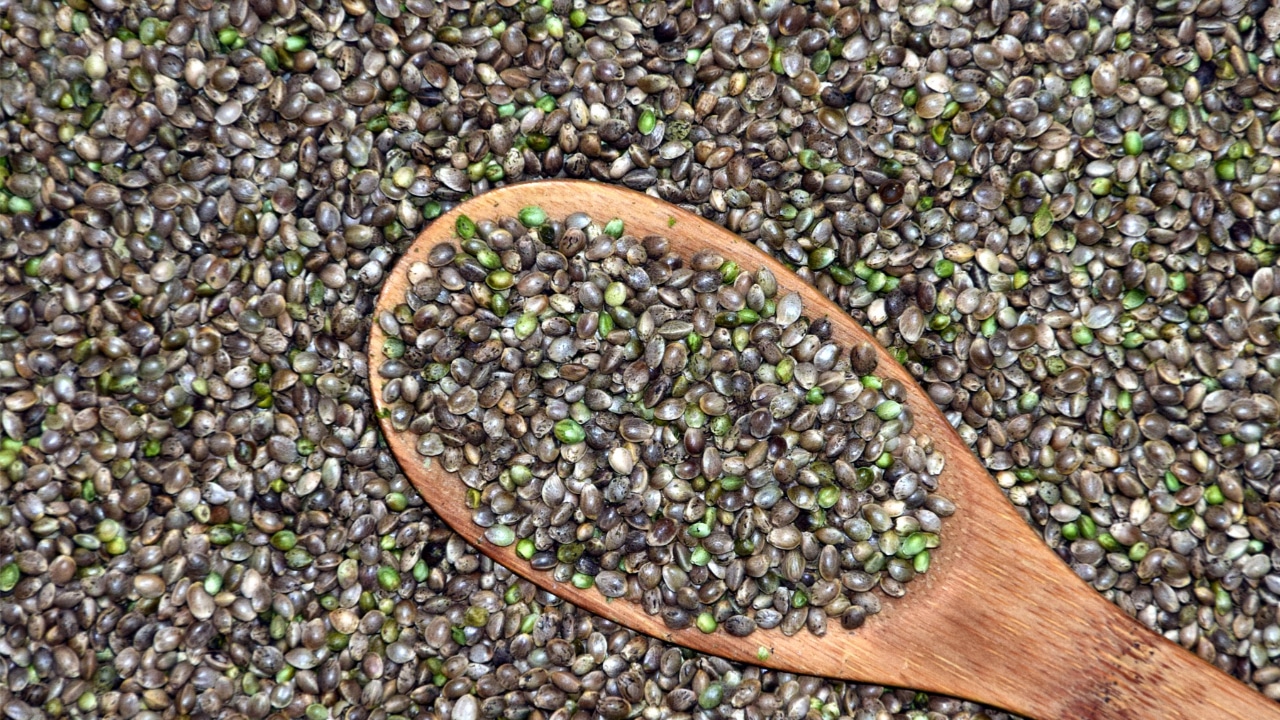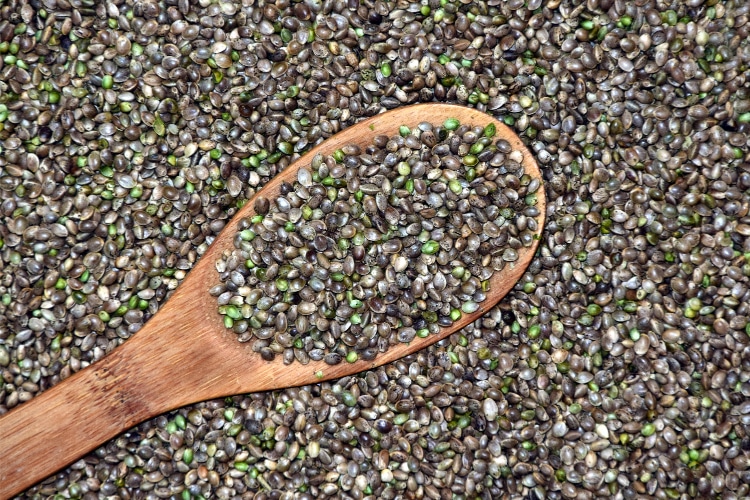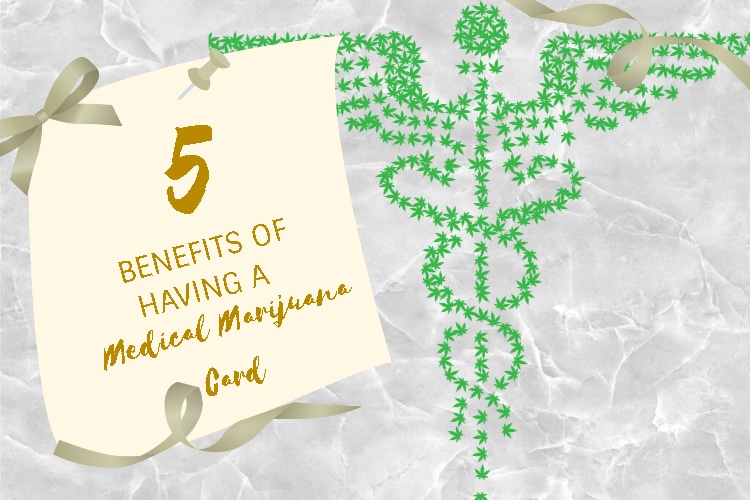
Does Marijuana Really Help People with Epilepsy and Other Conditions?
Table of Contents
Published in the Huffington Post
November is National Epilepsy Awareness Month. There are many actions you create take to spread the important and accurate information about epilepsy throughout the world. Share this article with friends and family and together let’s make a difference.
Epilepsy can happen at any time. One percent of Americans will develop epilepsy in their lifespan. In the United States, it is estimated that 2.5 to 3 million people have epilepsy. More than 467,000 children have been diagnosed with the central nervous system disorder. Almost 150,000 people in the U.S. develop epilepsy every year. Additionally, about one in 26 people will experience recurring seizures.
What is medical marijuana or cannabis?
Marijuana is known by many names; the most common is cannabis. The word marijuana usually refers to the leaves and female flowers of the cannabis plant. Medical marijuana is whole plant marijuana used for medical purposes.
The two main ingredients of the plant include:
THC (Tetrahydrocannabinol)
This causes the hallucinogenic effects of “getting high”
CBD (Cannabidiol)
CBD does not cause hallucinogenic effects but has shown to help many conditions and may potentially help to control or reduce seizure activity
The use of extracts from marijuana plants (cannabis) to treat children with epilepsy has been in the national spotlight since CNN’s Sanjay Gupta featured in August 2013 the story of Charlotte Figi, a Colorado child with the Dravet syndrome. Charlotte’s seizures decreased traumatically after she began taking a product called “Charlotte’s Web” extracted from cannabis. Charlotte’s Web oil differs in composition from standard marijuana in that it has a high level of cannabidiol (CBD), the component that appears to be frequently effective in controlling seizure activity, and very low levels of THC, the ingredient in the medical marijuana that makes marijuana users high.
Does cannabis help people with epilepsy?
Open-label studies in the U.S. of Epidiolex (a drug derived from cannabidiol or CBD) are being performed. Epidiolex is a purified, 99% oil-based CBD extract from the cannabis plant and is produced by GW Pharmaceuticals to give known and consistent amounts in each dose. The U.S. Food and Drug Administration (FDA) has given some epilepsy centers permission to use this drug as “compassionate use” for a limited number of people at each center.
Recently, gold-standard studies (double-blind, placebo-controlled studies) have finished for difficult epilepsies such as Lennox-Gastaut syndrome (LGS) in children and adults and Dravet syndrome in children. Information from these studies has been presented at major scientific meetings and in press releases by GW Pharmaceuticals.
Results from 214 people who received Epidiolex (99% CBD) in an open-label study (without a placebo control) and who completed 12 weeks or more on the drug were published in Lancet Neurology1.
People who received Epidiolex ranged from 2 to 26 years old with an average age of 11. These individuals who had epilepsy that did not respond to currently available treatments. During the study, seizures decreased by an average of 54%.
Benefits of medical marijuana
Medical marijuana has the ability to help many other medical conditions. Below are some of the common conditions that medical marijuana can treat along with epilepsy.
Help control seizures
New evidence suggests that a chemical derived from marijuana may be an effective treatment for patients who cannot control their seizures with anti-seizure medications
Decreases the symptoms of a severe seizure disorder known as Dravet’s Syndrome
During the research for his documentary “Weed,” Gupta interviewed the Figi family, treated their 5-year-old daughter using a medical marijuana strain high in cannabidiol and low in THC. According to the film, the drug has decreased her seizures from 300 a week to just one every seven days. Forty other children in the same state are using the same strain of marijuana to treat their seizures and these children are experiencing positive experience from the medical marijuana.
Slows the progression of Alzheimer’s disease
THC slows the progression of Alzheimer’s disease. The study, published in the journal Molecular Pharmaceutics, found that THC, the active chemical in marijuana, slows the formation of amyloid plaques by blocking the enzyme in the brain that makes them. These plaques are what kill brain cells and cause Alzheimer’s.
Reduce multiple sclerosis pain
The drug eases the pain of multiple sclerosis. Jody Corey-Bloom studied 30 multiple sclerosis patients with painful contractions in their muscles. These patients didn’t respond to other treatments, but after smoking marijuana, for a few days, they were in less pain.
Reduces muscle spasms
Other types of muscle spasms respond to marijuana as well. Gupta also found a teenager named Chaz who was using medical marijuana to treat diaphragm spasms that were untreatable by other, prescribed and very strong, medications. Smoking marijuana was able to calm the spasms attacks almost immediately, as it calms the muscles.
Decreases side effects from treating hepatitis C
A study in the European Journal of Gastroenterology and Hepatology found that 86% of patients using marijuana successfully completed their Hep C therapy, while only 29% of non-smokers completed their treatment, possibly because the marijuana helps lessens the treatments side effects.
Helps inflammatory bowel diseases
University of Nottingham researchers found that chemicals in marijuana, including THC and cannabidiol, interact with cells in the body that plays an important role in the gut function and immune responses. The study was published in the Journal of Pharmacology and Experimental Therapeutics. THC-like compounds made by the body increase the permeability of the intestines, allowing bacteria in. The plant-derived cannabinoids in marijuana block these body-cannabinoids, preventing this permeability and making the intestinal cells bond together tighter.
Reduces arthritis pain
Marijuana decreases pain, reduces inflammation, and helps people fall asleep, which may help relieve pain and discomfort for people with rheumatoid arthritis, researchers announced.
Help treat Glaucoma
Marijuana decreases the pressure inside the eye, according to the National Eye Institute: “Studies showed that marijuana, when smoked, lowered intraocular pressure (IOP) in people with normal pressure and those with glaucoma.”
Help improve lung health
According to a study published in Journal of the American Medical Association, marijuana does not impair lung function and can even increase lung capacity.
Stop cancer from spreading
A chemical found in marijuana stops cancer from spreading. CBD may help prevent cancer from spreading, researchers at California Pacific Medical Center in San Francisco reported.
Decrease anxiety
Researchers at Harvard Medical School suggested that medical marijuana could reduce anxiety and act as a sedative in low doses.
Improves the symptoms of Lupus
Some ingredients in marijuana seem to have a calming effect on the immune system, which may be how it helps deal with symptoms of Lupus.
Help with Crohn’s disease
A recent study in Israel showed that using marijuana can significantly reduce Crohn’s disease symptoms in 10 out of 11 patients, and caused a complete remission of the disease in five of those patients.
Decreases tremors for people with Parkinson’s disease
Recent research from Israel shows that smoking marijuana significantly reduces pain and tremors and improves sleep for Parkinson’s disease patients. Amazingly, the patients fine motor skills improved as well.
Helps treat PTSD
Naturally occurring cannabinoids, similar to THC, help regulate the system that causes fear and anxiety in the body and brain.
Protects the brain after a stroke
The authors, from the University of Nottingham, examined 94 studies evaluating the effects of cannabinoids on 1,022 male rats, mice or monkeys. Research from the University of Nottingham shows that marijuana may help protect the brain from damage caused by stroke, by reducing the size of the area affected by the stroke.
Protect the brain from concussions and brain trauma
A recent study in the journal Cerebral Cortex showed that in mice, marijuana lessened the bruising of the brain and helped with healing mechanisms after a traumatic injury. Medical Marijuana can reduce some of the negative side effects from chemo and it helps to increase the patient’s appetite. There are also multiple FDA-approved cannabinoid drugs that use THC, the main active ingredient in marijuana, for the same purposes.
Medical Marijuana can help with alcoholism
Marijuana is safer than alcohol. That’s not to say it’s completely risk-free, but it’s much less addictive and doesn’t cause nearly as much physical damage to the body. Research in Harm Reduction Journal shows that some people use marijuana as a less harmful substitute for alcohol, prescription drugs, and other illegal drugs. Some of the most common reasons for patients to make that substitution are the less adverse side effects from marijuana and the fact that it is less likely to cause withdrawal problems.
Then why are so many people fearful of marijuana?
For thousands of years, cannabis (hemp) has been one of the most widely cultivated agricultural crops known to man. They used it to make paper, fabric, building materials, oil, and medication. It even is a source of protein for both humans and animals. So why are people still so afraid of the herb?
Times are changing, and people are certainly more open than they were a few decades ago when it comes to medical marijuana. However, marijuana is still seen as a dangerous drug by many people. How did this happen?
Cannabis, money and the media
It wasn’t until 1970 that marijuana, by virtue of being declared a Schedule l drug, officially became illegal and of no medicinal value. In the 33 years between 1937 and 1970, cannabis was not, technically, illegal. The Marijuana Tax Act of 1937 did, however, make it illegal to produce, possess, or consume marijuana without the permission of the federal government. Racism, religious intolerance, corporate greed, and corrupt legislators all contributed to the current state of marijuana prohibition. When you have money and power over the media, you can pretty quickly convince most of the population to believe and do anything you want.
However, as you can see this herb has the ability to millions, so why not give it a chance?






